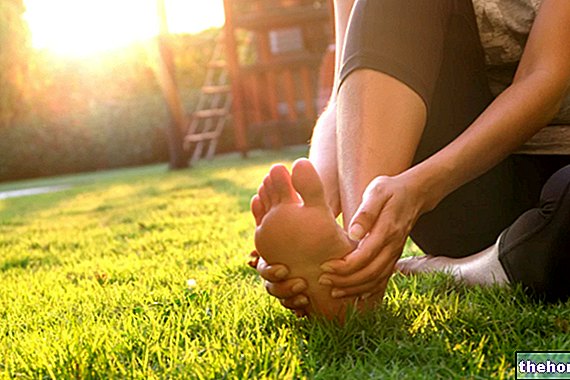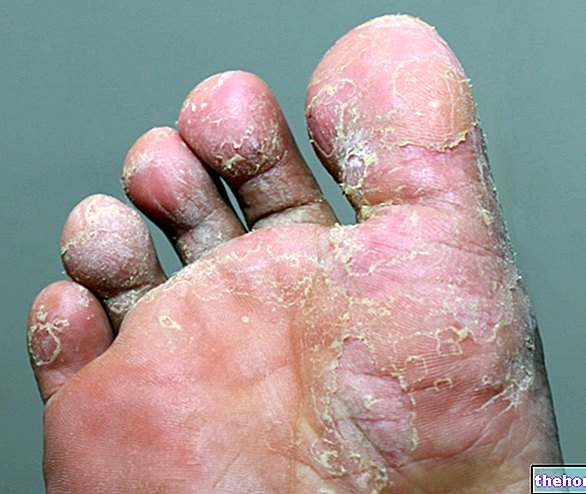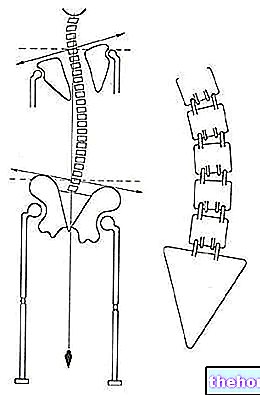
The elderly suffer more than the young and women more than men.
The major risk factors for osteoporosis are:
- Third Age
- Female sex
- Genetic factors
- Hereditary diseases
- Entry into menopause and hormonal imbalance in estrogen
- Other hormonal imbalances (e.g. parathyroid hormone, somatotropin, testosterone) and endocrine disorders (such as Cushing's syndrome)
- Prolonged malnutrition (vitamin D and / or calcium deficiency), poor sun exposure and a sedentary lifestyle, which are related to the failure to reach peak bone mass during the growth phase
- Underweight
- Nervous anorexia
- Alcoholism
- Smoking addiction
- Certain drug therapies etc.
The diagnosis can be made through an "imaging survey called Computerized Bone Mineralometry, which allows" osteodensitometry - the classification of the stages of osteoporosis.
There is no cure for osteoporosis and it is essential to act preventively as follows:
- Especially in the growth phase and in old age, but also in the adult phase: maintaining a good level of motor activity, ensuring the right hours of sun exposure in the hot months (but not those harmful to the skin), guaranteeing the nutritional intake of vitamin D, calcium, magnesium, phosphorus, zinc, selenium etc.
- Pharmacologically treat any hormonal imbalances
- Adopt a preventive protocol on entering menopause, which involves hormone replacement therapy (estrogen), a vitamin D and calcium supplement, a fitness protocol or other desirable physical activity
- Eliminate alcoholism and smoking
- If possible, review potentially responsible drug therapies.
Physical education must be fully part of specific and targeted preventive protocols for osteoporosis. Countless and authoritative studies have given positive results, demonstrated at a densitometric, psychophysical, social and economic level, which lead to believe the activity movement as a useful tool to improve the general health conditions specific to those who practice it. It is estimated that the desirable motor activities capable of promoting general fitness, in addition to preventing the loss of bone mass (rarefaction), can also allow it to be recovered in an amount of about 1% per year.




























